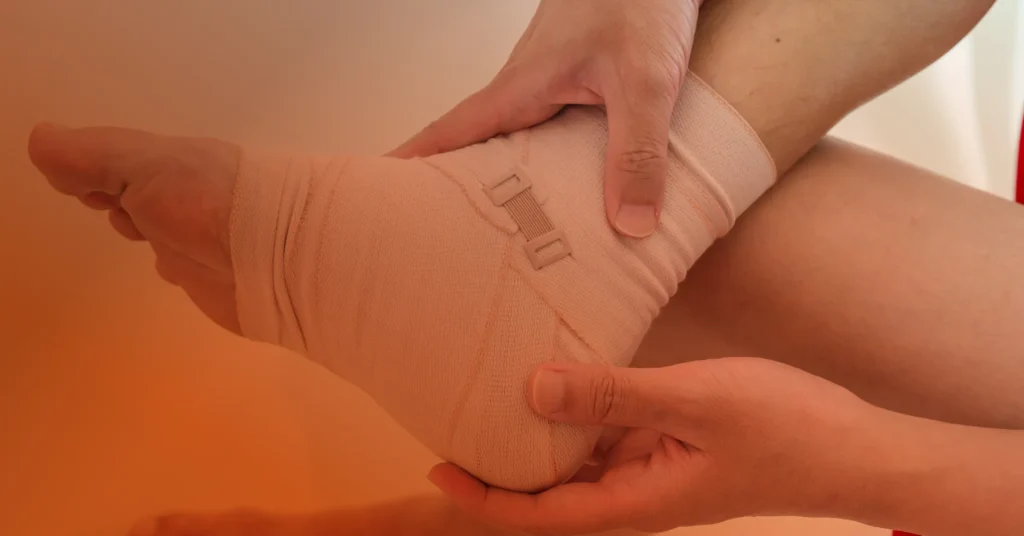In this issue of “From the Doctor’s Desk,” Dr. Christopher Martin dives into one of the most common sports injuries: ankle sprains.
Ankle sprains are among the most common sports injuries and one of the leading causes of missed athletic participation. They occur when the ligaments on the inside or outside of the ankle are stretched or torn, usually caused by a twisting injury.
Causes
Ankle sprains are caused by a sudden twisting or rolling of the ankle which overstress the ligaments, causing tearing.
Risk factors
- Indoor-court sports and any sports that involve running, jumping, or sharp changes in direction
- Everyday trips and falls
- Patients with a history of previous ankle sprain or injury
- Muscle weakness or imbalance
- Improper footwear or shoes that do not provide adequate ankle support
Symptoms
Pain. May be mild to severe depending on the severity of the sprain.
Swelling. Swelling around the injured ligaments is common.
Bruising. Discoloration around the torn ligaments due to blood pooling may be present. Bruising may also appear in the foot a few days after injury.
Stiffness. Stiffness and difficulty moving the ankle are common in the days and weeks following an ankle sprain.
Instability. If ligaments are severely torn, patients may feel unstable while weight bearing on the affected foot.
Diagnosis
Initial diagnosis begins with a physical examination and history taken to determine the mechanism of injury. If there is concern for a possible fracture of the ankle, x-rays will be performed.
A diagnostic ultrasound may also be performed to directly visualize the ligaments to determine the extent of the damage. In some cases, an MRI of the ankle is performed.
Treatment
Treatment for ankle sprains usually involves rest, elevation, icing, and compression for a few days following the injury. Oral medications such as NSAIDs can decrease pain and swelling.
Once the initial swelling and pain have calmed down over a few days, utilization of an ankle brace and early physical therapy can restore ankle strength and range of motion rather than rest alone. In the cases of more severe ankle sprains, a walking boot may be used for short-term immobilization, allowing pain and swelling to subside before beginning physical therapy.
If you have suffered an ankle sprain, feel free to schedule an appointment with me. I’ve helped many patients address ankle-related concerns and other common sports injuries to help them get back to their regular activities as soon as possible.





